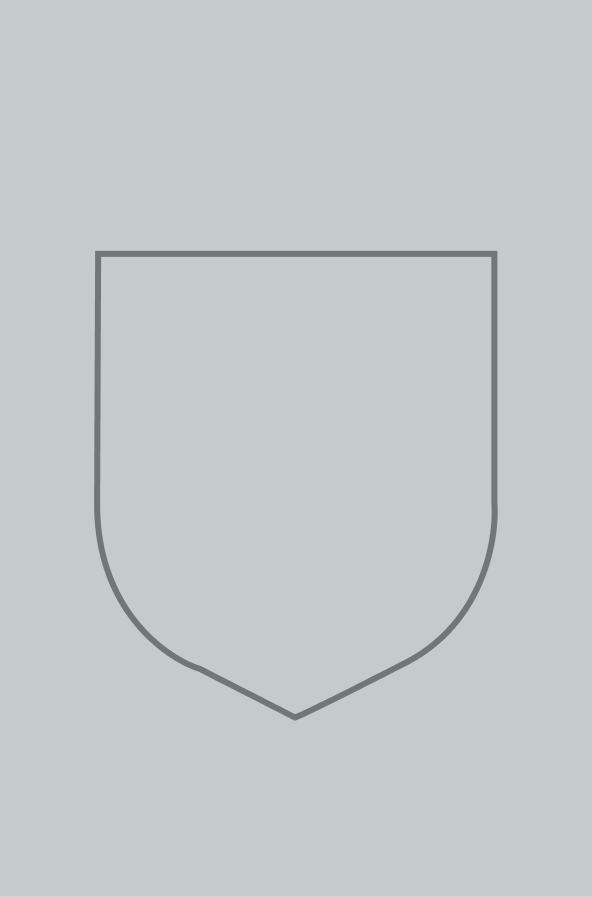Advanced Quantum Mechanics
An accessible introduction to advanced quantum theory, this graduate-level textbook focuses on its practical applications rather than mathematical technicalities. It treats real-life examples, from topics ranging from quantum transport to nanotechnology, to equip students with a toolbox of theoretical techniques. Beginning with second quantization, the authors illustrate its use with different condensed matter physics examples. They then explain how to quantize classical fields, with a focus on the electromagnetic field, taking students from Maxwell's equations to photons, coherent states and absorption and emission of photons. Following this is a unique master-level presentation on dissipative quantum mechanics, before the textbook concludes with a short introduction to relativistic quantum mechanics, covering the Dirac equation and a relativistic second quantization formalism. The textbook includes 70 end-of-chapter problems. Solutions to some problems are given at the end of the chapter and full solutions to all problems are available for instructors at www.cambridge.org/9780521761505.
- Presents the theory at an operational level, with numerous examples taken from a range of different fields, so students can see how the theory is applied
- Focuses on modern device applications of quantum mechanics
- Includes unique, master-level treatment of dissipative quantum mechanics to introduce this accessible field to students
Reviews & endorsements
'This is a clear and concise graduate-level textbook with an emphasis on applications. It is ideal for readers wishing to apply quantum mechanics to construct quantum dots, qubits and nanodevices. The authors use a fresh approach to discuss the quantization of fields, the interaction of radiation and matter and coherent states, which I found to be very helpful. This unique presentation ends with a brief introduction to relativistic quantum mechanics.' Barry R. Masters, Optics and Photonics News
Product details
January 2013Hardback
9780521761505
368 pages
253 × 192 × 18 mm
0.94kg
79 b/w illus. 70 exercises
Available



